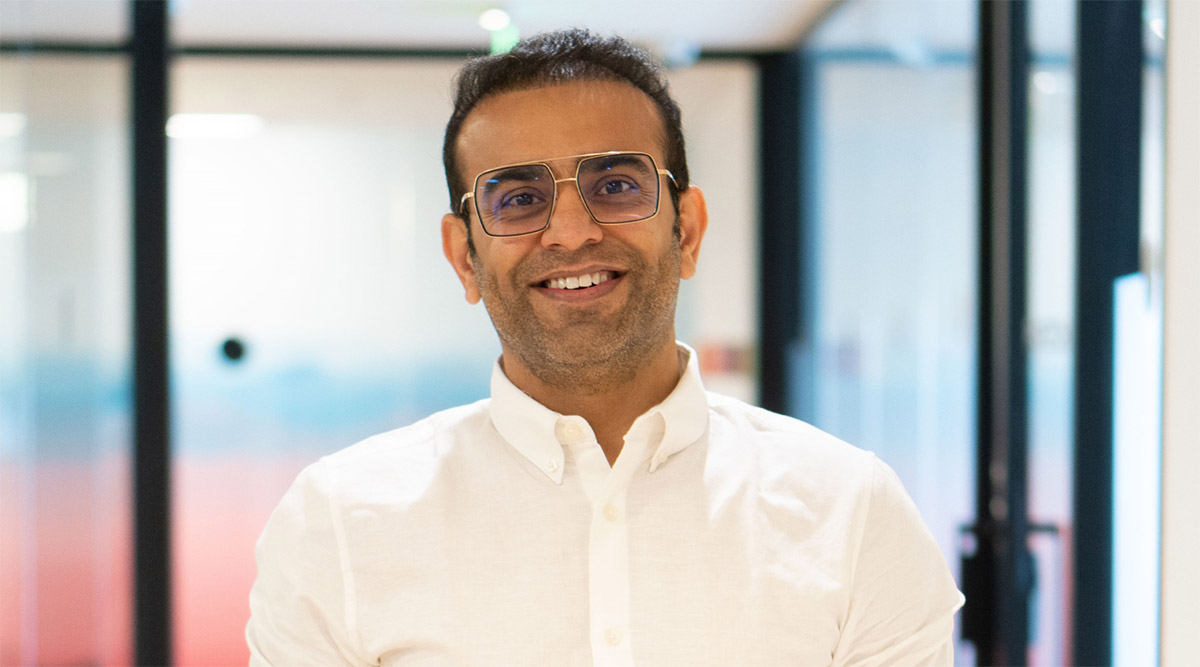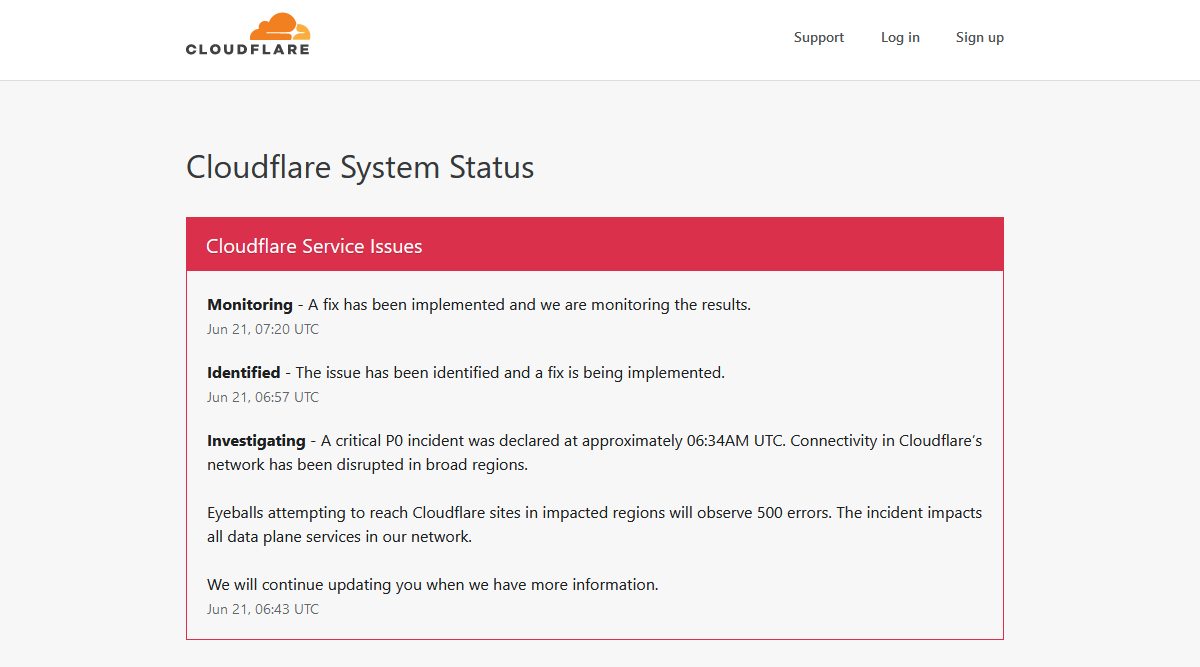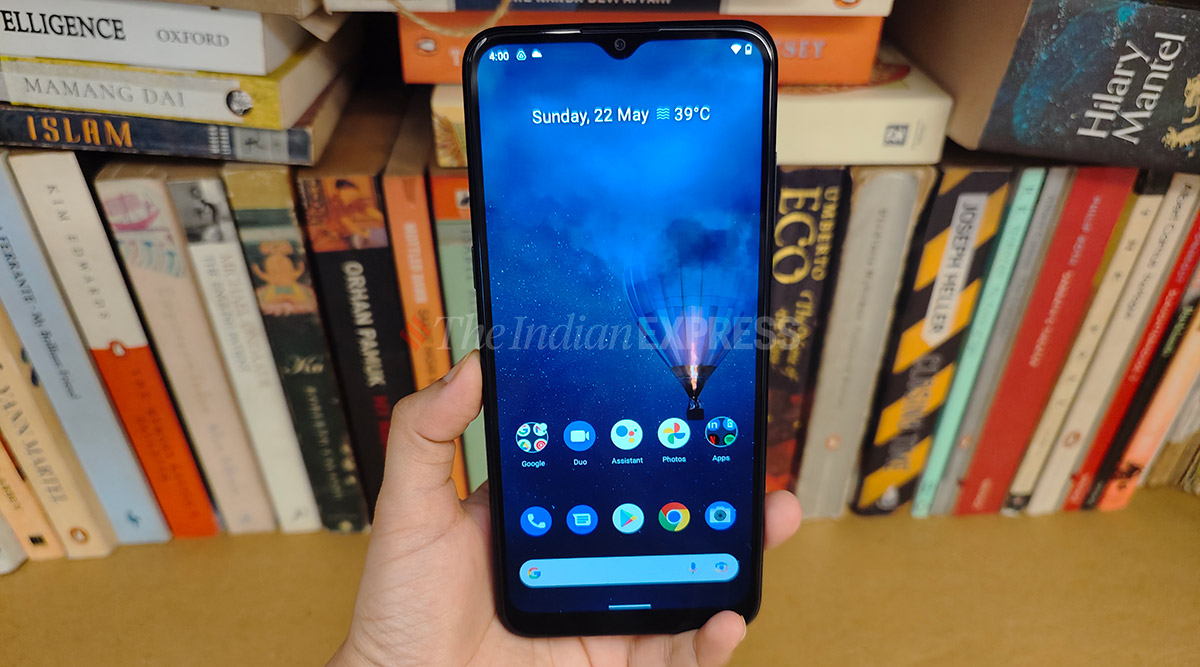Noise India, the leading homegrown smartwatch brand in the market, plans to boost manufacturing in the country as the wearables market sees an increase in demand. In an interview with indianexpress.com, Amit Khatri, co-founder and Managing Director at Noise India, said the company wants to ensure that 80 per cent of its production takes place in India, though he admitted that manufacturing for wearable is at a nascent stage in India.
“We are a brand that’s designed in India. Our target is to have a million products made every month and by year-end, we want 80 per cent of Noise’s production should take place in India,” Khatri said.
According to International Data Corporation’s (IDC) India Monthly Wearable Device Tracker, 23.9 million wearable devices were shipped in the second quarter in India, marking a triple-digit growth for the category. The report also said that watch-based wearables continue to be the fastest-growing category in this segment. The increasing demand explains why Noise intends to push manufacturing in India more aggressively. Currently, Noise India is the leader in the smartwatch segment with a 28 per cent share.
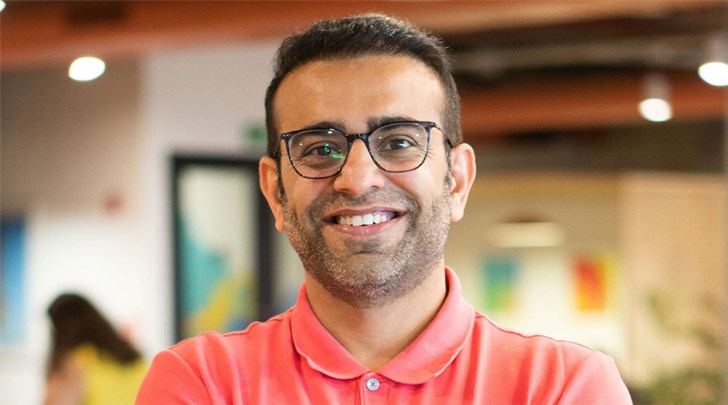 Amit Khatri, co-founder and Managing Director at Noise India.
Amit Khatri, co-founder and Managing Director at Noise India.
“Right now, we produce close to 25 per cent of our products in India. Till now we have produced close to 1 million products in India. From next month onwards, we would have a capacity of a million every month. That’s what we are targeting,” he explained, stressing that infrastructure remains one big challenge.
Noise has not revealed the amount it plans to invest in manufacturing in India, but said it will be relying on third parties for carrying out production. Khatri also noted that the government has introduced a phased manufacturing plan, which is a big incentive for brands like them to invest further.
“We are outsourcing manufacturing to third parties. PLI will give an extra boost to the manufacturing of wearables. We are employing 5000 workers indirectly through EMS (Electronics Manufacturing Services),” he noted. PLI stands for production-linked incentive schemes and the government introduced these for wearables and hearables this year. Currently, Noise India products are being manufactured in Noida in Uttar Pradesh in partnership with Optiemus Electronics Limited.
For the Gurugram-based company, the idea is to avoid getting into production directly and it does not plan to set it up its own factories. Instead, it will rely on these tie-ups with other manufacturers. The reason: Noise would rather focus on innovation and software, where it feels it has more expertise. “There are other areas where Noise has strength and we will want to focus on them. We as a brand do not believe in doing everything,” Khatri said, adding that they want to focus on sensors and algorithms to give data accuracy to customers using their smartwatches.
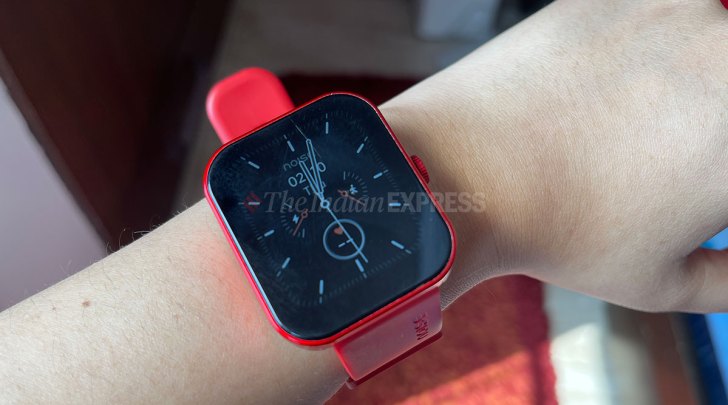
 The Noise Colorfit Caliber by the company. (Image: Express photo)
The Noise Colorfit Caliber by the company. (Image: Express photo)
Noise also wants to target more premium customers and plans to push the average selling price of the watches. Currently, Noise watches are sold in the price range of Rs 2000 to Rs 5,000. “We will be working on a premium range of products because we feel there is a consumer who is willing to pay a certain price point and they need a good product. We want to get to that consumer,” Khatri said.
Connected Lifestyle
Noise has no intention of being limited to the smartwatch segment. The company plans to expand its footprint in the ‘connected lifestyle space’, including the TWS earbuds segment. It is already the second largest TWS player as well with an 8 per cent share in this segment.
“We are going to be pushing our energies to take on the market in a big way. The wearables space is not just about watches. It can be any form factor. Recently we launched our Incubation Center called Noise Labs. We are working on future technologies and launched our first project, which is called ‘i1’ or smart eyewear. So more innovation will come on that side later this year,” Khatri said, adding that the growing need for a “more connected ecosystem,” and “increased consciousness towards health is driving the growth of wearables.”
!function(f,b,e,v,n,t,s)
{if(f.fbq)return;n=f.fbq=function(){n.callMethod?
n.callMethod.apply(n,arguments):n.queue.push(arguments)};
if(!f._fbq)f._fbq=n;n.push=n;n.loaded=!0;n.version=’2.0′;
n.queue=[];t=b.createElement(e);t.async=!0;
t.src=v;s=b.getElementsByTagName(e)[0];
s.parentNode.insertBefore(t,s)}(window, document,’script’,
‘https://connect.facebook.net/en_US/fbevents.js’);
fbq(‘init’, ‘444470064056909’);
fbq(‘track’, ‘PageView’);


